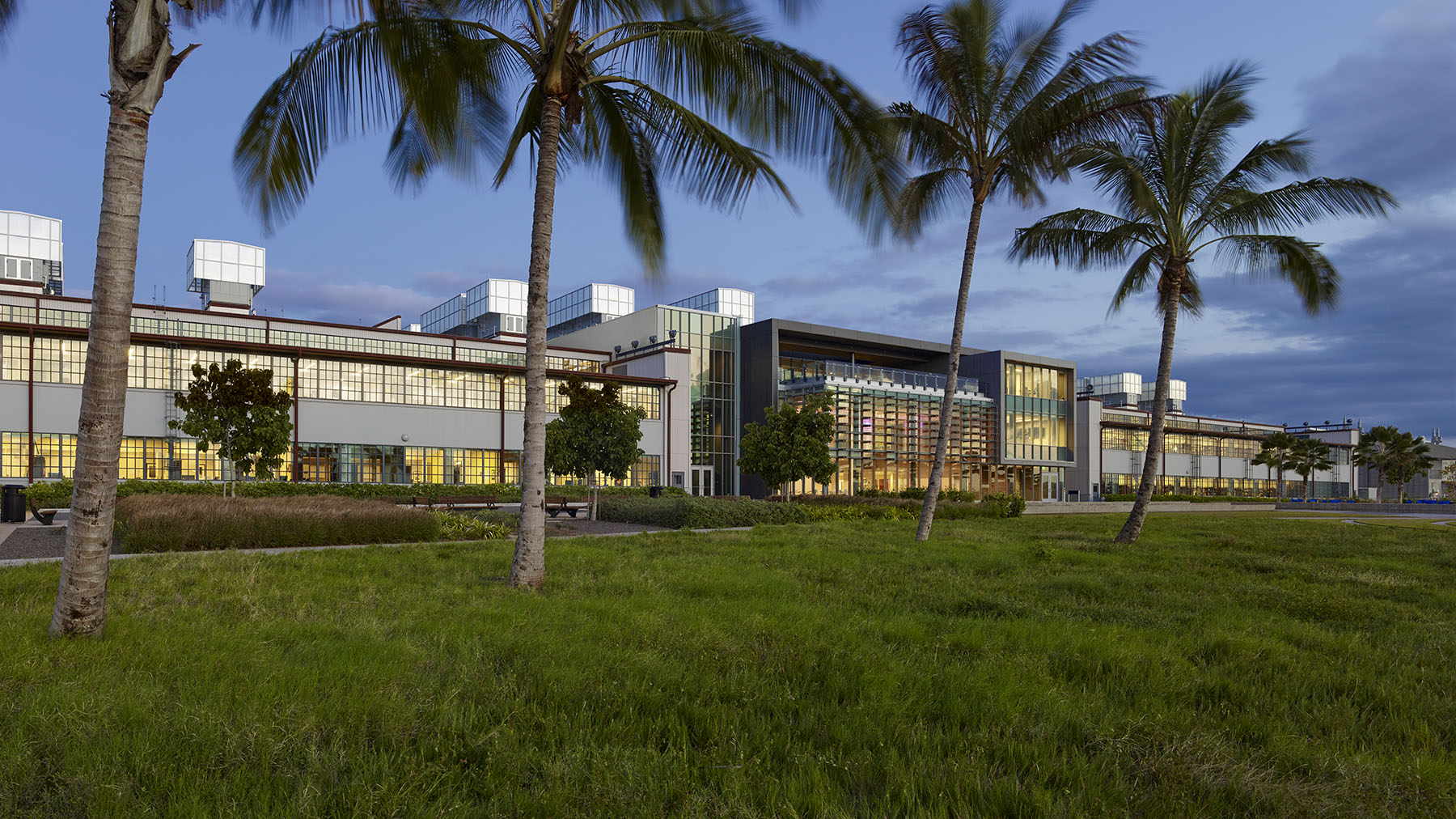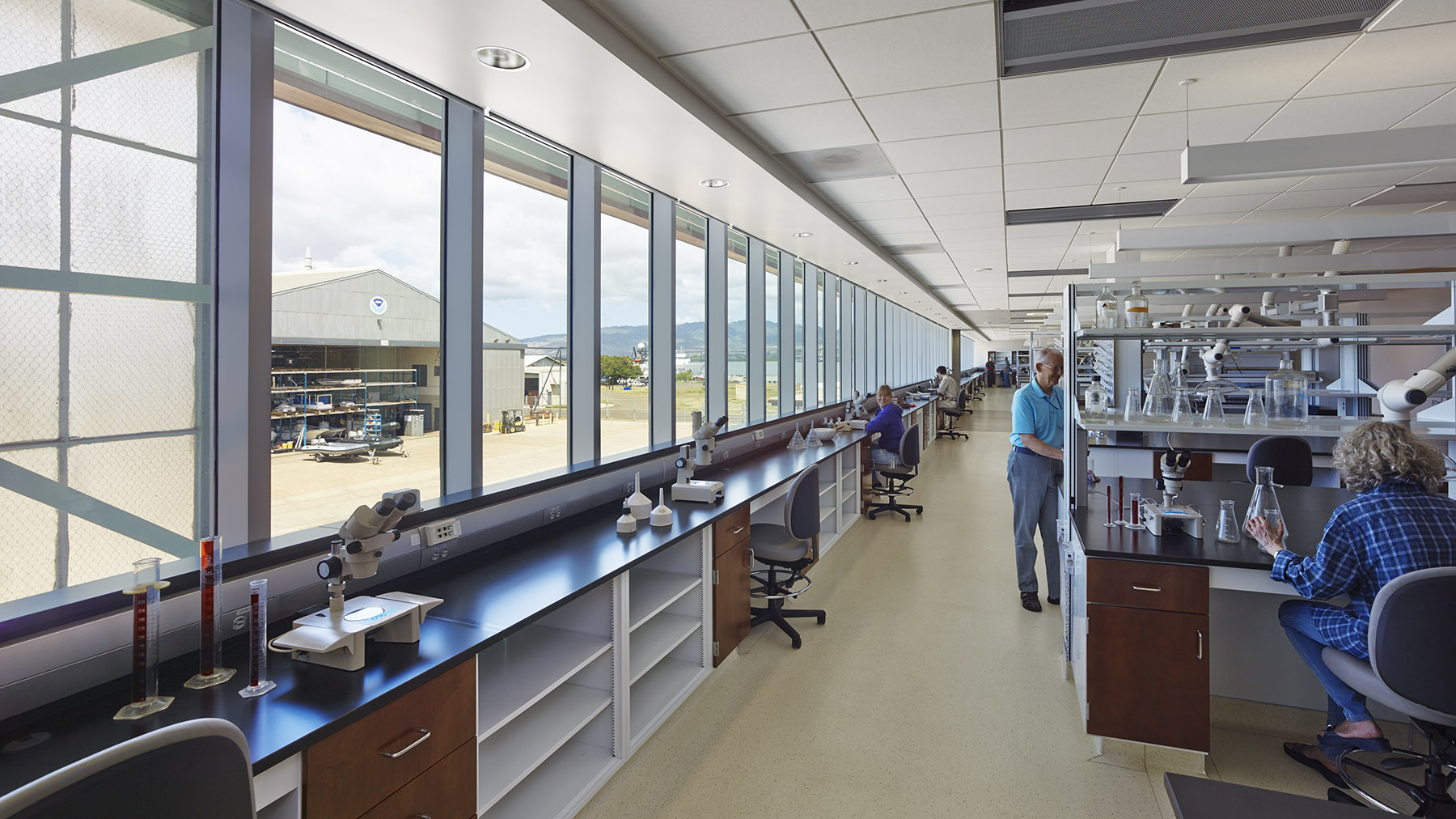- University of California Davis Aggie Square
- University of California San Francisco Hematology, Blood, and Marrow Transplant Clinic
- I-64 Corridor Hampton Road Bridge Tunnel Expansion
- Sound Transit O&M Facility East
- Boulder Creek South MOB and Outpatient Surgery
- Seattle Asian Art Museum
- Resorts World Las Vegas
- Delta Sky Way LAX Terminal 2 & 3 Modernization
- SR 520 Montlake
- Academy of Motion Pictures Arts and Sciences Museum of Motion Pictures
- Meyer Memorial Trust
- Refugee Women’s Alliance
- Kaiser Permanente La Habra Medical Office Building
- Kaiser Permanente Murrieta Mapleton Medical Office Building
- Chapman University Keck Center for Science and Engineering
- Santa Barbara City College West Campus Center
- National Oceanic and Atmospheric Administration
- Banc of California Stadium
- Newport Beach Civic Center
- MGM CityCenter
- Edith Green-Wendell Wyatt Federal Building
- Amazon HQ - Vulcan Blocks 44, 45, 52e
- Matthew Knight Arena - University of Oregon
- Levi's Stadium
- Pacific Northwest College of Art
National Oceanic and Atmospheric Administration
Honolulu, Hawaii, United States
The National Oceanic and Atmospheric Administration sought to consolidate the programs and operations in Hawaii into a single location on Ford Island, an islet in the middle of Pearl Harbor. A new world-class facility was designed to house its marine biology labs, dive center, the International and Pacific tsunami warning center, a national data center and national weather services offices, all within a 313,000 sf campus that features two repurposed historic aircraft hangers. NOAA implemented several sustainability innovations into the facility.
Glumac’s building commissioning agents were brought on to confirm these systems were fully functional, and became a trusted adviser for NOAA to help successfully guide it to LEED Gold certification. On campus, rainwater is harvested for irrigation and toilet systems, and greywater is captured for reuse. Sea water is used for condenser water, and the discharge is limited to a maximum of 82 degrees in order to keep the surrounding water temperatures unaffected. Daylight harvesting was implemented with a skylight diffuser system that nearly eliminates the need for artificial light during the day. Solar hot water systems provide the heated water throughout the campus. And a passive chilled beams system provides cool air, and works parallel to an underground air distribution system to efficiently provide comfortable temperature levels throughout the NOAA facility.
A knowledge and comfort level with these systems allowed Glumac’s building commissioning agents to maximize their effectiveness and ensure both the environmental considerations and cost-saving measures National Oceanic and Atmospheric Administration desired for the project were achieved.
Size: 313,000 sf
Cost: $331,000,000
Completion Date: Ongoing
Architect: HOK
Owner: National Oceanic and Atmospheric Administration
Services: Commissioning


